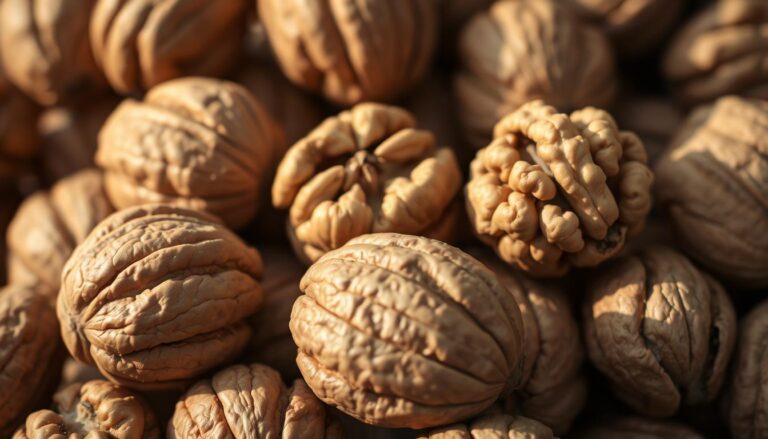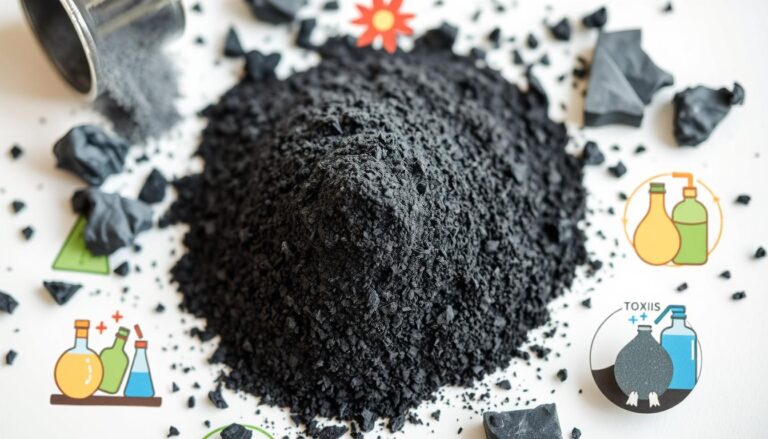Ever wonder why hydration is often called the foundation of health? The human body consists of 60% water yet many overlook its importance in daily routines.
Without proper fluid intake essential functions like digestion circulation and temperature regulation suffer.
Despite covering 70% of Earth’s surface water remains undervalued in personal wellness. Studies reveal that nearly half of Americans fail to meet daily intake recommendations. This gap impacts energy focus and physical performance.
Exploring the science behind hydration reveals how it supports muscle function cognitive clarity and overall health. Simple adjustments like tracking intake or choosing water over sugary drinks can transform well being.
Key Takeaways
- 60% of the human body relies on water for vital functions.
- Proper hydration enhances energy and mental performance.
- Many Americans consume less fluid than recommended.
- Replacing sugary drinks with water improves long-term health.
- Daily intake goals vary by activity level and climate.
1. Why Hydration Is Essential for a Healthy Body
From joints to cognition, water drives essential biological processes. Even mild dehydration disrupts these systems often before thirst signals appear.
Water’s Role in Bodily Functions
Cartilage contains 80% body water acting as a shock absorber for joints. Reduced fluid levels cause stiffness and pain highlighting hydration’s role in mobility.
Blood plasma, 92% water transports oxygen and nutrients. Without adequate intake circulation slows starving muscles and organs of vital resources.
The Science Behind Dehydration Risks
Research by Lawrence Armstrong reveals thirst begins at 1–2% dehydration. By then cognitive performance drops 1–3%, impairing memory and mood.
Chronic low fluid intake concentrates urine, increasing kidney stone risk. Proper hydration dilutes waste protecting renal function.
The brain’s sensitivity to water loss makes hydration a priority for mental clarity.
2. What Is the Role of Drinking Water to Keep the Body Fit?
Beyond quenching thirst, water unlocks seven science backed health advantages. From joint lubrication to calorie control proper fluid balance elevates overall wellness.

Supporting Joint and Muscle Performance
Synovial fluid composed of water, reduces friction in joints during physical activity. A study in the Journal of Athletic Training found athletes with optimal hydration had 15% fewer injuries.
Enhancing Cognitive Function and Mood
Even mild dehydration impairs focus. The Children’s Hospital Oakland linked a 2% fluid loss to slower reaction times and increased fatigue.
Regulating Body Temperature During Exercise
CDC guidelines recommend 16–32 oz/hour when active. Sweat cools the body but without enough water overheating risks rise.
Top 7 Health Benefits of Proper Hydration
Research confirms these advantages for consistent water drinkers
| Benefit | Impact | Study |
|---|---|---|
| Endurance boost | Up to 25% longer workouts | University of Connecticut 2022 |
| Headache reduction | 47% fewer migraines at 50.7 oz/day | Source 2 |
| Kidney stone prevention | 40% lower risk | Jessica Sontrop’s research |
| Calorie control | 44% less intake pre-meal | Source 2 |
Water activates peristalsis, the muscular contractions that move food efficiently. Chronic dehydration slows digestion causing bloating.
Aiding Digestion and Weight Management
Replacing soda with water cuts 150+ empty calories daily. The American Journal of Clinical Nutrition notes this swap supports sustainable weight loss.
4. How Much Water Do You Really Need Daily?
Daily hydration needs vary more than most people realize. The right amount water depends on age gender, and lifestyle. While general guidelines exist individual factors like activity and climate demand adjustments.

Read more: The Gut Brain Connection Nutrition
General Guidelines by Age and Gender
The Academy of Nutrition recommends 11.5 cups 2.7L per day for women and 15.5 cups 3.7L for men. This includes fluids from all beverages and foods. Key exceptions:
- Seniors Thirst signals weaken, requiring conscious intake.
- Children 5–8 cups daily, adjusted for weight and activity.
Adjusting for Activity Level and Climate
The CDC advises 16–32 oz hourly during exercise or heat. Cold weather reduces thirst by 40% UNH study increasing dehydration risks. Altitude and air travel also escalate needs Wolfgang Schobersberger’s research shows plane cabins dehydrate 2x faster.
Mineral water with magnesium boosts hydration efficiency by 12% compared to plain water.
Myths persist about caffeine’s diuretic effect. Moderate coffee
5. Signs You’re Not Drinking Enough Water
Subtle signals often reveal inadequate hydration before thirst appears. Ignoring these warnings can lead to immediate discomfort and long-term problems. From urine color to cognitive fog the body communicates fluid loss clearly.

Read more: Why drinking green tea can change your life?
Physical Symptoms of Dehydration
Dark urine is a primary marker per Lawrence Armstrong’s color chart. Shades deeper than pale yellow indicate concentrated waste due to low water intake.
Fatigue and dry mouth emerge early. Corinne Cian’s research shows 2.8% dehydration impairs visual perception and focus. Other red flags
- Infrequent urination
- Dizziness or headaches
- Dry, flushed skin
Long Term Health Consequences
Chronic dehydration strains organs. Mathilde Ferry’s study links low intake to 23% higher infection rates as urine fails to flush bacteria effectively.
Martina Kerscher’s data reveals skin loses 30% elasticity without adequate hydration. Barry Popkin’s work ties prolonged fluid loss to hypertension risks.
By the time thirst strikes, cognitive decline has already begun. Prevention beats correction.
6. Special Hydration Needs When to Drink More
Hydration demands shift dramatically under specific conditions. Extreme heat, intense activity or illness can double standard fluid requirements. Recognizing these scenarios prevents dangerous dehydration episodes.
Increased Fluid Needs During Physical Stress
The CDC recommends 16–32 oz hourly when temperatures exceed 90°F. Endurance athletes lose 1–3 liters of sweat per hour requiring sodium-enhanced replenishment.
Fever increases needs by 500–1,000 ml daily. Luca Masotti’s hospital research confirms well hydrated patients recover 30% faster from infections. Critical protocols:
| Scenario | Fluid Adjustment | Key Additives |
|---|---|---|
| Vomiting/diarrhea | 1.5x maintenance + electrolyte solution | Potassium zinc |
| Marathon running | 24 oz/hour + salt tabs | Sodium, glucose |
| High altitude travel | 8 oz hourly pre-flight | Magnesium |
Pre flight hydration reduces blood clot risk by 18% a simple measure with lifesaving potential.”
Vulnerable Populations Requiring Vigilance
Adults over 65 have 20% weaker thirst signals according to geriatric studies. This demographic faces compounded risks:
- UTIs from concentrated urine
- Mobility issues from joint fluid depletion
- 27% higher heart attack mortality when dehydrated
Caregivers should offer 6–8 oz hourly, even without requests. School of Geriatrics data shows consistent hydration lowers fatal cardiac events by 41%.
7. Conclusion Making Hydration a Priority for Fitness
Consistent fluid intake remains a cornerstone of preventive health. With the average American consuming just 44 oz daily half the recommended 92–124 oz bridging this gap supports joints, cognition and metabolism.
Track urine color (pale yellow ideal) and drink a glass before meals. Seniors and athletes face higher risks CDC data shows 27% of older adults are chronically dehydrated.
Use tools like the IBWA hydration calculator for personalized goals. The American Heart Association confirms proper hydration improves heart efficiency by 15%.
Small steps carrying a bottle or setting reminders help stay hydrated for lifelong vitality.





